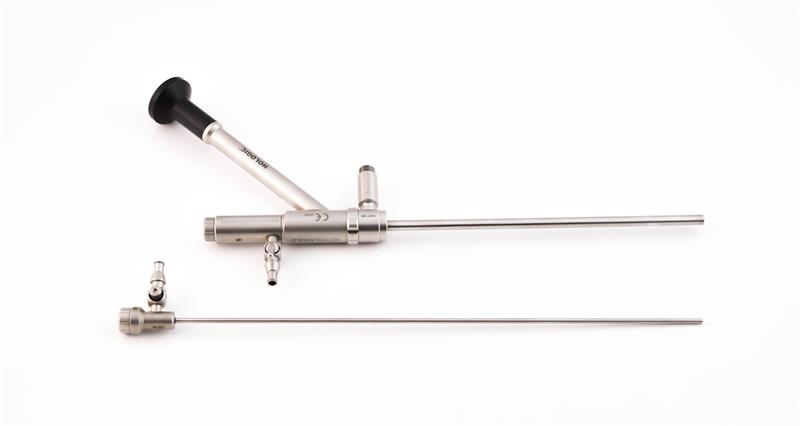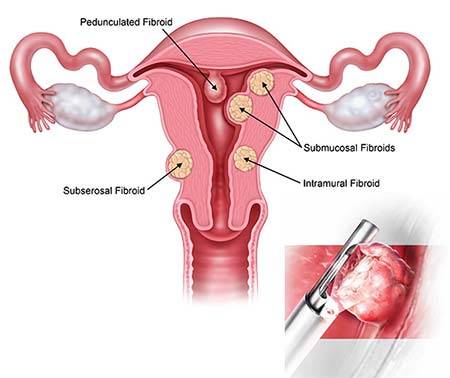Histeroscopia Operativa

Operative Hysteroscopy
A hysteroscope is a long, slender telescopic device that is used to view the inside of the uterus. It is used not only to diagnose such conditions as fibroids, adhesions and polyps (diagnostic hysteroscopy), but also to treat them (operative hysteroscopy). Instruments designed to fit through a channel in the hysteroscope are used to remove growths or scar tissue or to correct certain congenital abnormalities such as a uterine septum.
Because the uterine cavity is a potential one, it must be inflated with either a harmless gas or fluid to make space for viewing and operating. This can cause cramping similar to menstrual cramps. Afterwards, depending on the procedure performed, there may be vaginal discharge or bleeding for several days.
Operative hysteroscopy allows many procedures that once required hospitalization to be performed in the doctor’s office (if capable) or same day surgical suite with minimal discomfort and quick recovery. Patients are usually ready to resume normal activities after a day or two. Some of these procedures replace the need for hysterectomy.
Risk of serious complications is low; however, perforation of the uterus, uterine adhesions (scar tissue) or infection may occur in about 2% of procedures.
References
- American Society for Reproductive Medicine. Laparoscopy and hysteroscopy: A guide for patients. Patient Information Series 2006. www.asrm.org/Patients/patientbooklets/ laparoscopy.pdf
- Indman P. Advanced Gynecological Solutions: Hysteroscopy. 2006. www.gynalternatives.com/hsc.htm.
- WebMD. Infertility and reproduction guide: Hysteroscopy. 2006. www.webmd.com/ infertility-and-reproduction/guide/Hysteroscopy.